Delhi-Dehradun Expressway to Cut Travel Time to 2.5 Hours, Offering Faster and Smoother Journeys
Travelers can soon look forward to a dramatically shorter trip between Delhi and Dehradun, as the upcoming Delhi-Dehradun Expressway is set to cut down travel time from six hours to just 2.5 hours. This ambitious infrastructure project, managed by the National Highway Authority of India (NHAI), promises a significant boost to connectivity and ease of travel across the three states of Delhi, Uttar Pradesh, and Uttarakhand.
After nearly three years of construction, trial runs on the expressway have already begun. The road is anticipated to open fully by January 2025, with the final touches expected to wrap up by December 2024. The expressway will forge a new route that bypasses the current path through Meerut, Muzaffarnagar, and Roorkee, taking a more direct line via Baghpat and Saharanpur. This streamlined route not only reduces travel time but also helps decongest the existing highways that serve commuters between the three regions.
The Four Phases of the Expressway
Spanning a distance of 210 kilometers, the expressway construction was divided into four strategic phases to cover key sections smoothly:
- Phase 1: From Akshardham Temple in Delhi to Baghpat in Uttar Pradesh.
- Phase 2: Linking Baghpat to Saharanpur in Uttar Pradesh.
- Phase 3: Extending from Saharanpur to Ganeshpur in Uttarakhand.
- Phase 4: The final stretch from Ganeshpur to Dehradun.
Each phase has been tailored to facilitate seamless travel, with advanced infrastructure in place to manage both local and long-distance traffic.
Spotlight on Asia’s Longest Elevated Wildlife Corridor
One of the expressway’s most distinctive and environmentally thoughtful features is Asia’s longest elevated wildlife corridor. Spanning 12 kilometers between Asharodi and Ganeshpur, this elevated segment is designed to protect wildlife habitats, particularly in the sensitive Rajaji National Park and Shivalik Reserve regions. The elevated road minimizes human-wildlife conflict by allowing animals free movement under the corridor, addressing one of the major challenges of infrastructure projects in ecological zones.
With the wildlife corridor in place, the final 20 kilometers of the expressway will take just 15-20 minutes to traverse, a huge improvement over the current one-hour journey on this section. This segment alone is expected to relieve congestion and make travel through Uttarakhand’s scenic but sensitive areas both faster and safer.
A Costly but Critical Project for Enhanced Regional Connectivity
The overall cost of the expressway is projected to be around Rs 12,000 crore. This high-speed corridor combines ground-level and elevated roads, delivering an efficient, multi-tiered solution to the pressing need for a rapid link between these growing regions. The project is expected to become an economic and tourism booster, making Dehradun and other parts of Uttarakhand more accessible for travelers and boosting local economies.
Once operational, the Delhi-Dehradun Expressway will be a game-changer, offering travelers a quick and eco-friendly journey while enhancing the infrastructure of northern India. As the expressway nears its completion, excitement is building for the new opportunities and improved quality of life it promises for residents, commuters, and tourists alike.
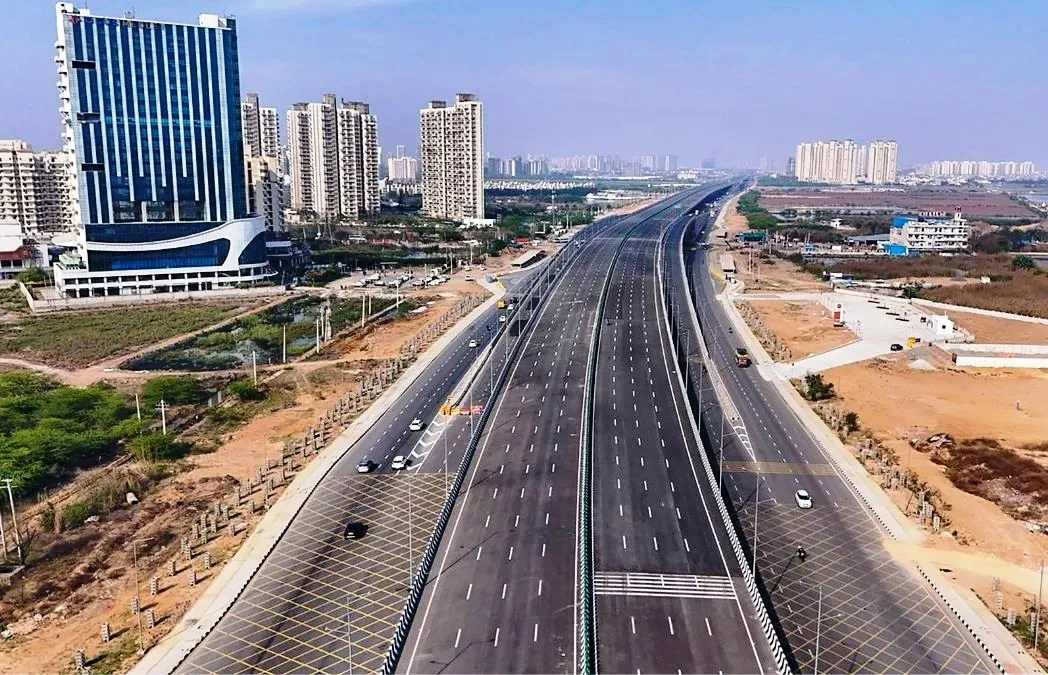
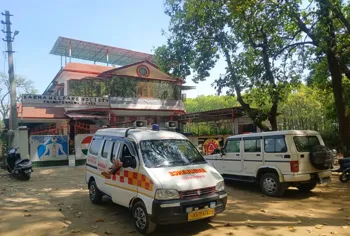
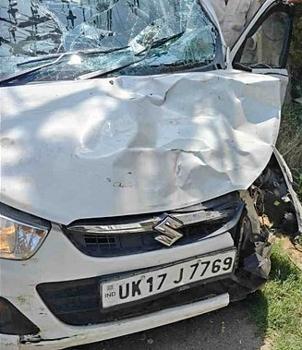



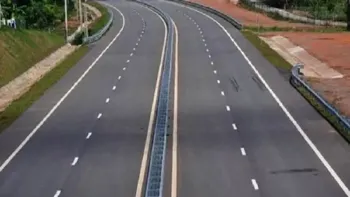
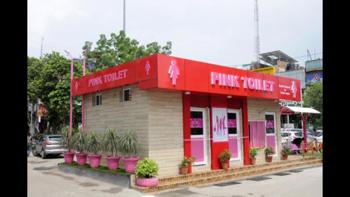

Leave a comment
0 comment